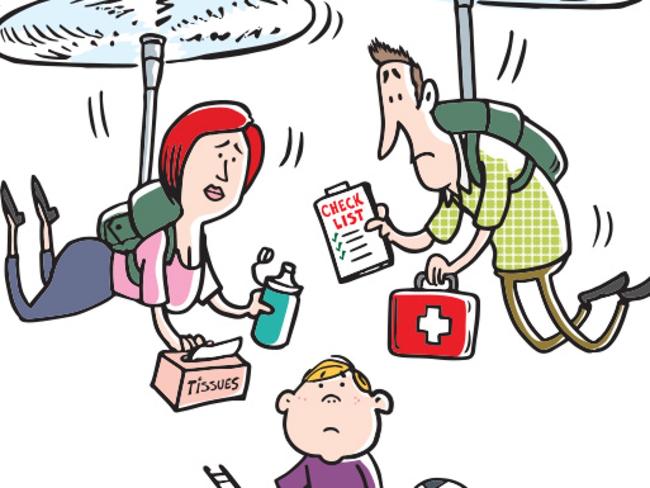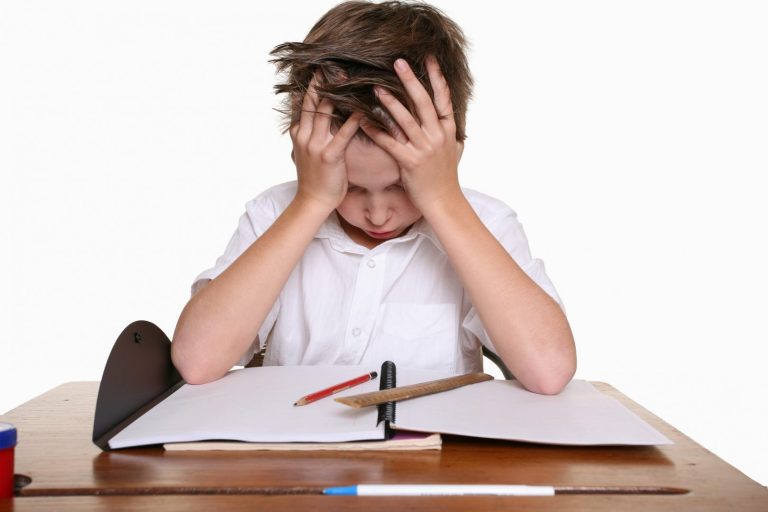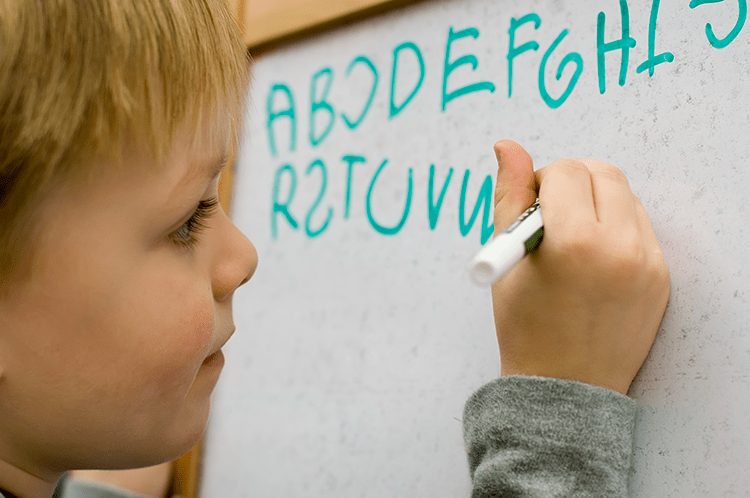Are 21st century children growing up too quickly?
Children nowadays grow up in a world changing at an accelerating pace, forcing them to adapt more and more flexibly in different areas. Some children have constant access to a mobile phone from a young age, quickly learning how to operate it. This leads to them having early access to things they are not supposed to see, and consequently developing interest in those things that are not appropriate for their age group. They also become more knowledgeable in emerging technologies, at times faster than adults.
Social Media: Hub for 21st Century Children
21st century children are also born into a world more and more impacted by social media. The content consumable in social media can be both beneficial and damaging. Social Media is a great tool to spread awareness on various issues, concerning e.g. LGBTQ+, so that the teenagers nowadays might have an easier time speaking about and understanding identity and roles, race, and gender. Social Media can thereby also function as a safe space for teenagers with LGBTQ+ issues . Through social media, they can also follow influencers that take responsibility in changing the world, which might inspire them into getting active and doing something about e.g. climate change. This leads to movements of children like Fridays for the future, where they protest against climate change, which is admirable. However, they thereby take on responsibilities that shouldn’t be theirs.
The downside of Social Media
However, through their ability to make sense of technology and social media, which often times surpasses the adults in their environment, they need to be cautious about what they encounter on the internet. Social Media platforms like Youtube, Instagram or TikTok are filled with Influencers that do not always set the best examples. As they want to stay relevant, they oftentimes follow trends that are working; trends that involve dangerous pranks, or sexualizing themselves for more views. Children thereby learn from a young age how their own bodies can be used as a tool to attract attention, and might have a more difficult time realizing when they are being treated in inappropriate and disrespectful manners by being e.g. objectified or even groomed by adults online
This is not a new issue, as pop culture has been sexualizing children before the 21st century. However, it becomes more difficult for parents and other adults to have control over how deep children immerse themselves in it. Even if they set up everything in a way that their own child has the least access as possible to damaging content, they cannot control what their child can see on their peers’ phone.
Social Media and the Wellbeing of children
The constant access to social media and technology has various other potentially harmful consequences on the mental health and emotional wellbeing of children. You could argue that at this point, some children are so immersed in their phone and Social Media that it feels realer than the tangible world. This can lead to addictive behavior around their phone as well as difficulties in learning how to build relationships outside of a Social Media context. The content in Social Media becomes more and more short and quick to consume, having an impact to the attention span of the consumer.
What can parents do?
It is crucial to find ways to help children just be children and experience carefree childhood moments, away from technology, social media, and anxieties for the future. It can already be a start to create environments filled with plants, as they improve mental and physical health. Moments outside in nature, playing with friends, can help even better slow down and be fully present in the moment. Camp Willingness is a summer day camp offered by Willingness, where children can practice mindfulness in a variety of games and exercises.
If you are interested in learning more about Camp Willingness or want to talk about the difficulties your child faces in this ever-changing world, feel free to reach out here.
Olivia Szewczykowski is currently studying psychology in Graz, Austria and interning for Willingness. She is interested in various topics regarding relationships, sex and family dynamics.
References:
Loader, B. D., Vromen, A., & Xenos, M. A. (2014). The networked young citizen: Social media, political participation and civic engagement. Information, Communication & Society, 17(2), 143–150. https://doi.org/10.1080/1369118X.2013.871571
New technologies and 21st century children: Recent trends and outcomes (OECD Education Working Papers No. 179; OECD Education Working Papers, Vol. 179). (2018). https://doi.org/10.1787/e071a505-en
Willoughby, M. (2019). A review of the risks associated with children and young people’s social media use and the implications for social work practice. Journal of Social Work Practice, 33(2), 127–140. https://doi.org/10.1080/02650533.2018.1460587






